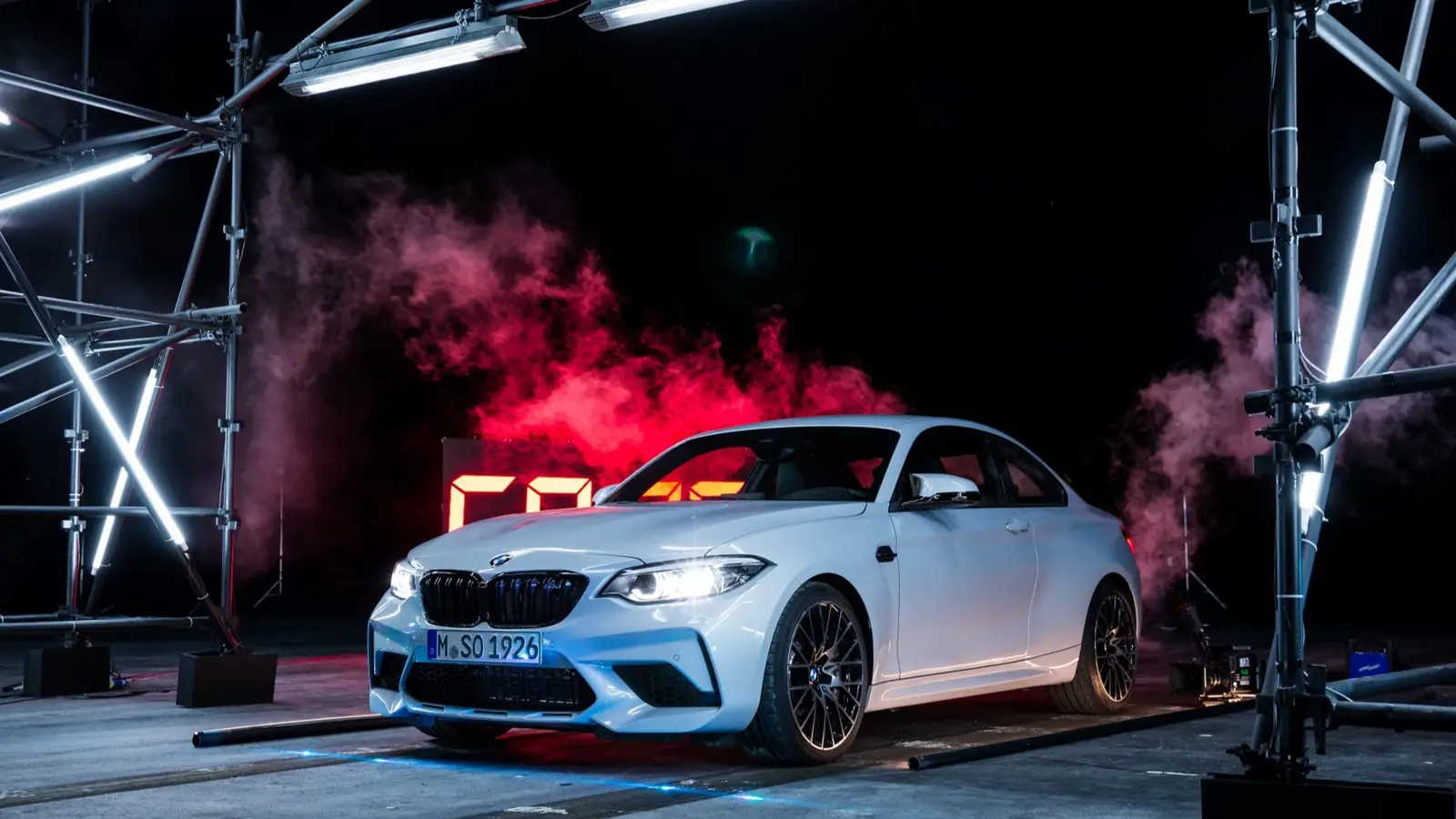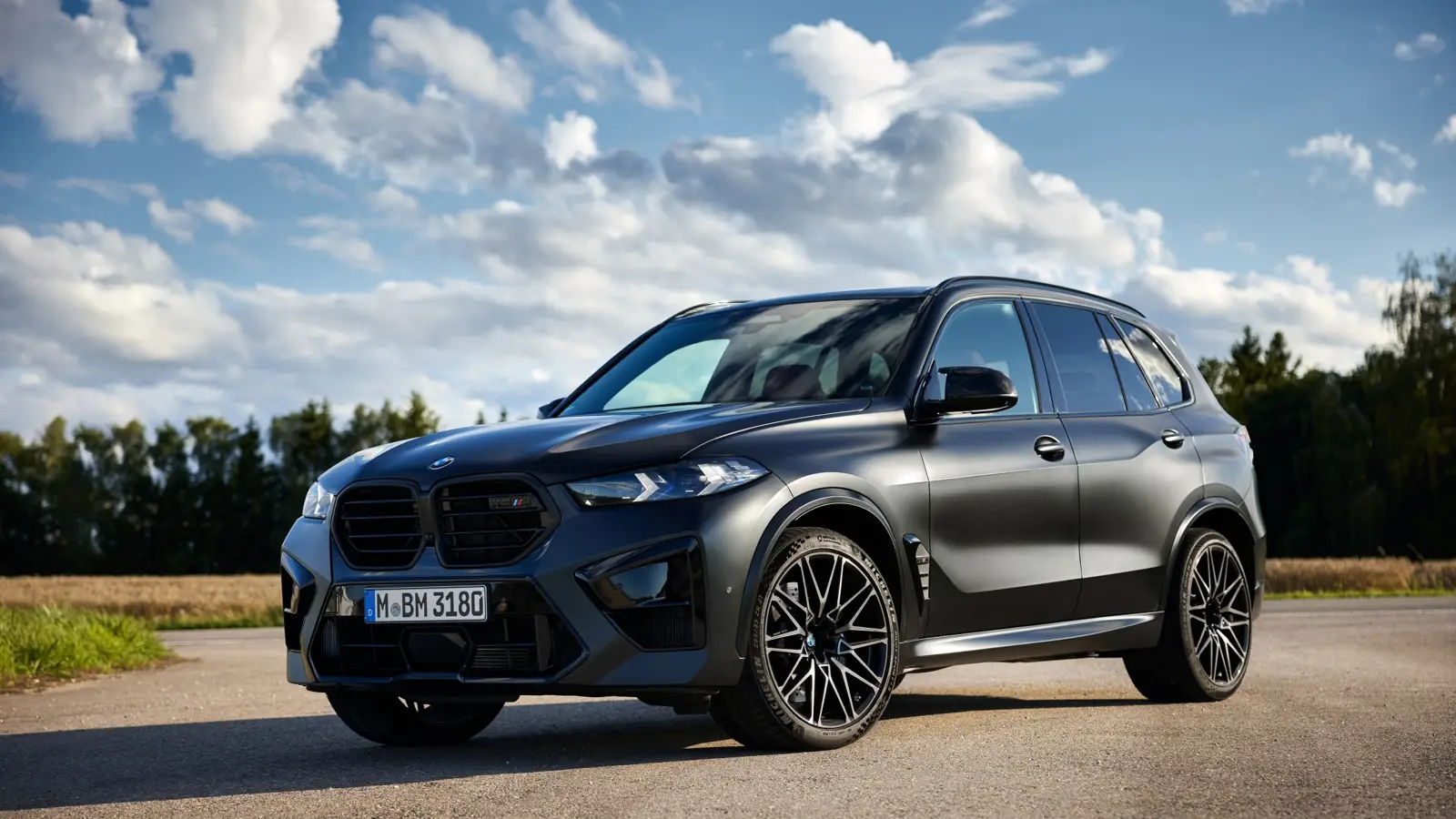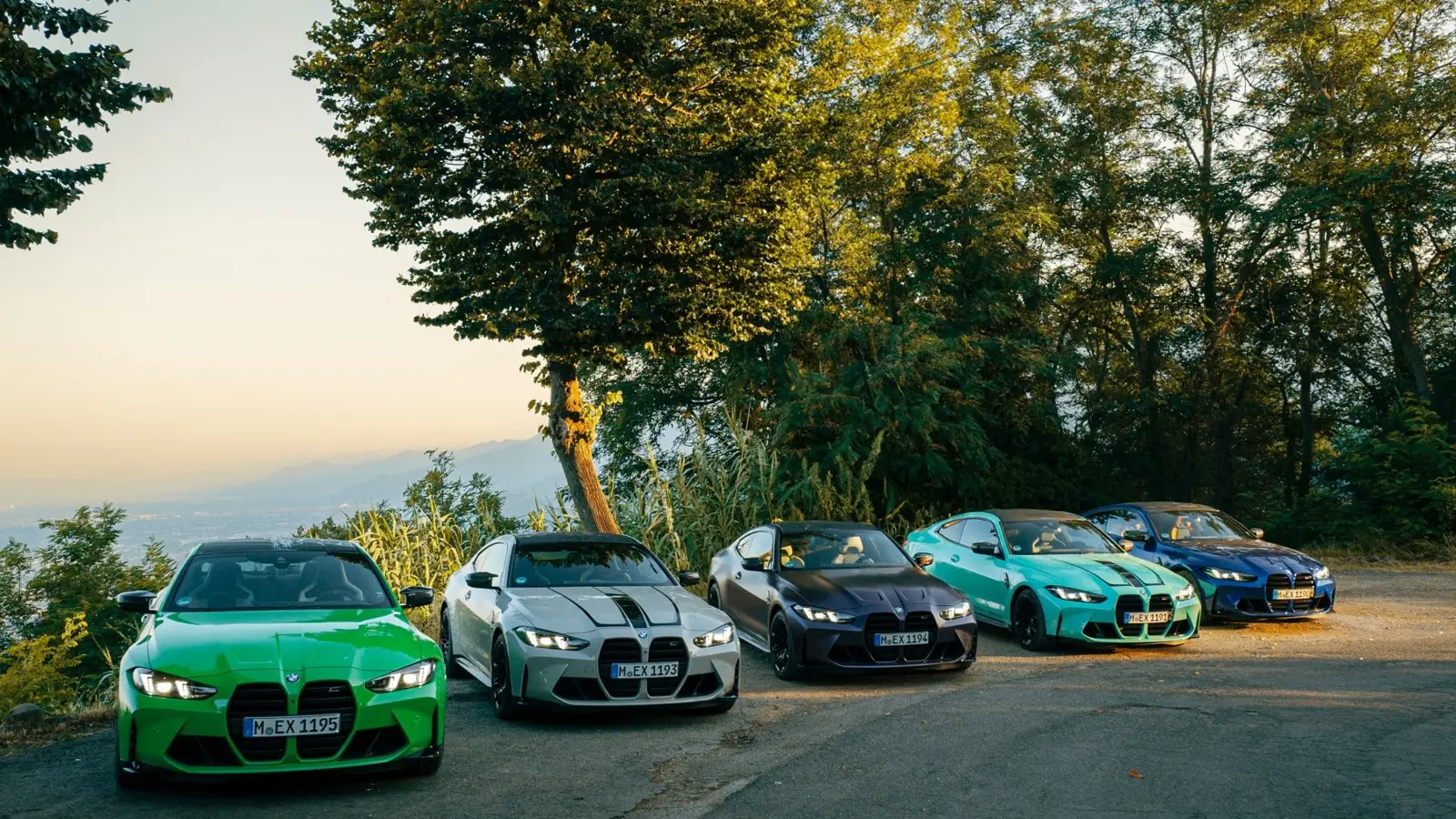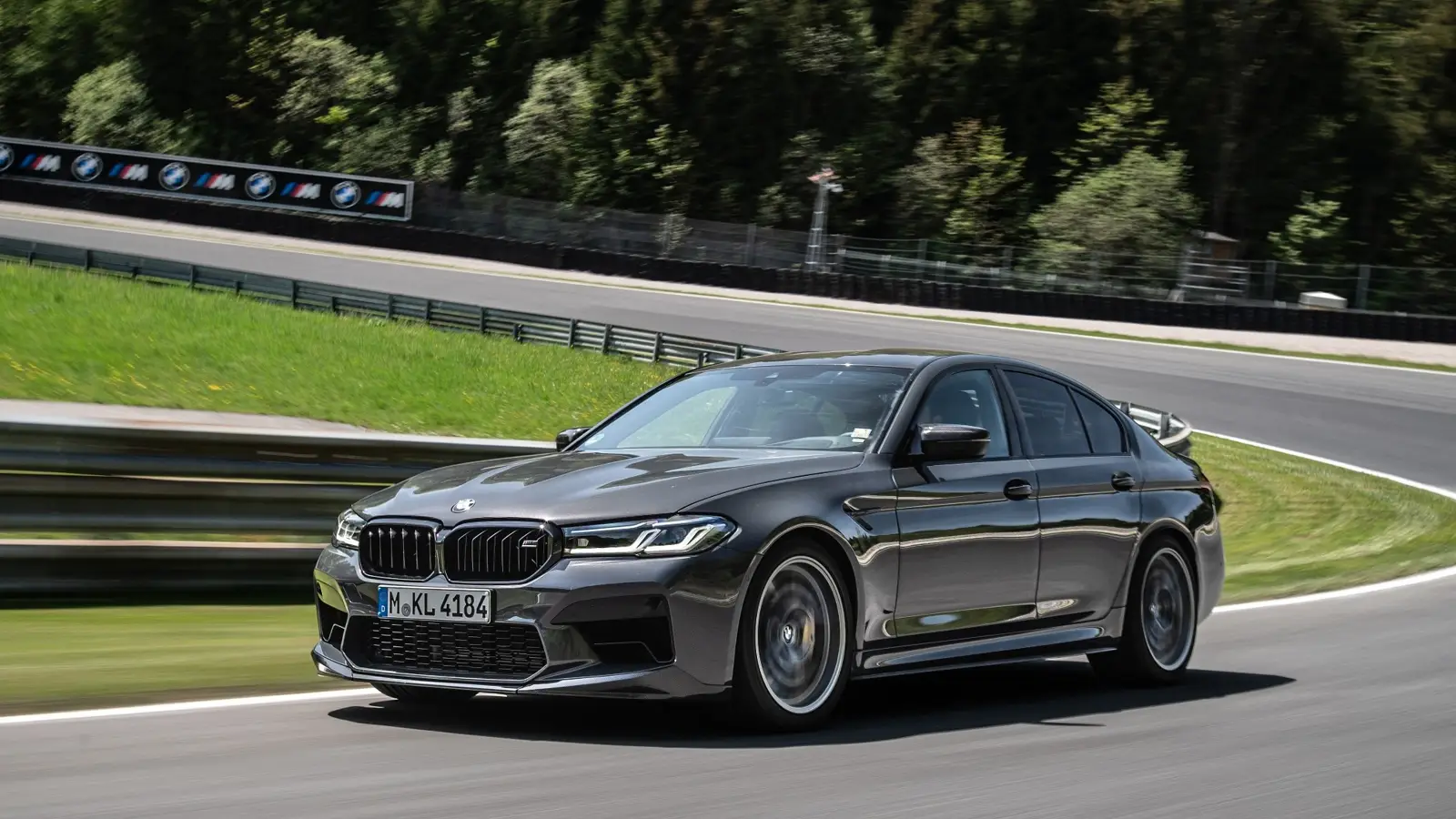Articles
BMW M Competition vs M – Key Differences and Why It Matters

Discover how BMW M Competition models differ from standard M and BMW cars. Explore power, design, and performance upgrades before you buy.
In the world of BMW, the “M” badge has long been synonymous with speed, thrill, and engineering excellence. But when that cherished letter is followed by the word Competition, even loyal fans start to wonder: what does it actually mean? In reality, it’s more than just a marketing twist — it’s a distinct tier in the hierarchy of the brand’s performance models.
Where It All Began

The story of the Competition version dates back to 2013, when BMW first introduced the package for the M5 and M6. It was a response to growing expectations from customers who found the standard M not quite enough. Instead of creating entirely new models, the engineers focused on enhancing the existing ones: engine output was increased to 575 hp, suspension got stiffer, and electronics became sharper. This was the first step toward making M cars even more driver-oriented.
The baton was later passed to the M3 and M4. In 2016, the Competition package became available for both models, raising the power to 450 hp and enhancing cornering performance through adaptive suspension and revised stabilizers. In 2018, the M2 Competition debuted, effectively replacing the base M2. It received the engine from the larger M3/M4 and quickly cemented its status as a fan favorite among BMW enthusiasts.
How Competition Differs from Standard BMW and Regular M Models

To truly grasp the purpose of the Competition package, it’s essential to understand the structure of BMW’s lineup. On one end, there are the standard versions designed for everyday comfort. On the other, the M series, built for those who crave power and performance. And at the peak of this pyramid sit the Competition models.
Standard BMW models are all about versatility. They’re comfortable, well-equipped, efficient, and balanced across the board. Take the BMW 3 Series, for instance. It’s your quintessential urban all-rounder: a 2.0-liter turbocharged engine producing around 255 hp, excellent sound insulation, and a soft suspension — all of which make it a great daily driver.
But turn to the M lineup, and the balance shifts toward aggression and character. A BMW M3 or M4 is essentially a sports car in a sedan or coupe body. Under the hood is a 3.0-liter twin-turbo with 425 hp, upgraded suspension, reinforced brakes, and a different approach to steering. Every corner feels like a mini racetrack. Every start from a traffic light — a small competition.
And then there’s Competition — the version where M cars whisper: “Let’s push even further.” For example, the M3 Competition delivers 503 hp, offering not just numbers but sensations: faster acceleration, sharper responses, and a suspension that’s both lower and stiffer. According to drivers, the M3 with Competition hugs the apex more precisely than the standard M, especially at high speeds. All this is complemented by design accents: black mirrors, gloss-black grilles, special wheels, and sportier interior touches.
Of course, there are trade-offs. The ride is less forgiving on rough roads, the exhaust louder, and fuel consumption higher. But what you gain is complete control and driving pleasure — especially on the open road.
To simplify it into a formula: BMW — for daily comfort, BMW M — for emotion, BMW M Competition — for those who don’t settle for compromises.
Top Representatives of the Series

Among the most successful Competition versions are the M3 F80, M4 F82/F83, M5 F90, and the ever-popular M2 Competition. Each one stands out for its precise handling, reinforced suspension, and slightly more aggressive looks. The M5 Competition, for example, pushes 625 hp while still functioning as a proper business-class sedan. And the M2 Competition, thanks to its compact size and ideal weight distribution, delivers some of the most engaging driving dynamics in the lineup.
Is It Worth Buying?

The answer depends on what you expect from a car. If sharp handling, performance, and a hard-driving experience are your priorities, then yes — the Competition version is worth the extra cost. You don’t just get “a bit more power,” but a comprehensive upgrade: suspension, brakes, electronic tuning — all reworked. But if you need a car primarily for daily commutes, you should consider the downsides: the ride is firmer, fuel consumption higher, and the price notably steeper than the standard M version.
Owners — especially of the M5 and M4 Competition — often say that the joy behind the wheel outweighs everything else. Still, it’s a very specific kind of joy — not meant for every day or every road.
The Competition package has grown into more than just another trim in the BMW M lineup. It’s a marker: “this car was built to drive on the edge.” It has strengthened BMW’s presence in the high-performance segment and has become the natural choice for those who expect more from their car. If you’re one of them — this might just be the version worth trying.
2025, Apr 05 16:02


